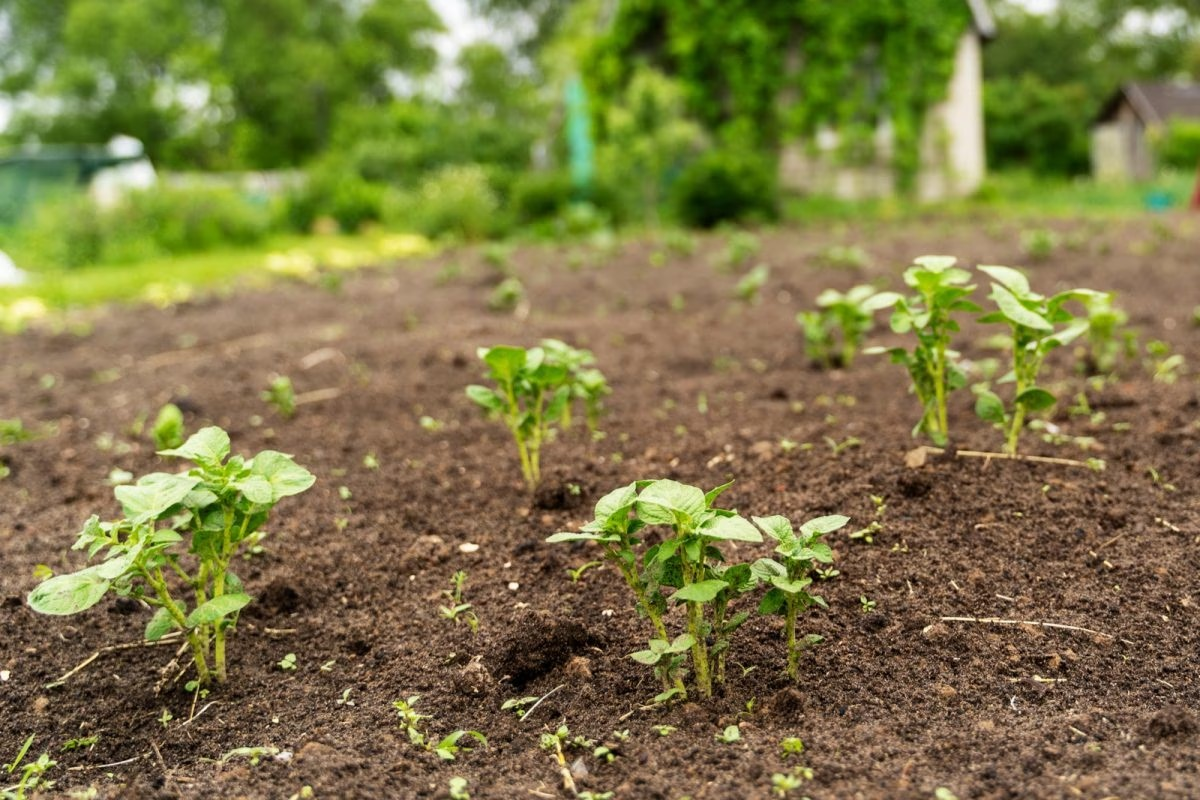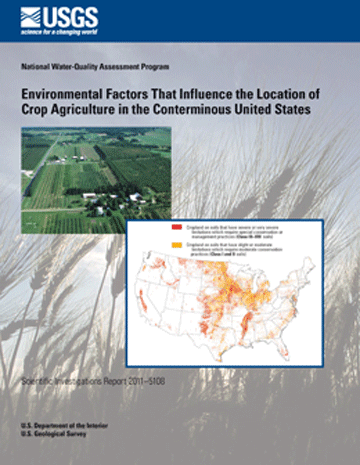Problems in Agriculture: Loss of Land and Decreased Varieties
Problems in Agriculture
Think about how much food you eat each day. Now, think about how big the human population is and how much food is needed to feed all of those people. Since the development of agriculture, most of the food needed to feed the population has been produced through industrialized agriculture. Since the 1960s, the amount of food produced through this type of agriculture has increased drastically, and currently there is enough food produced to feed every human on Earth.
Although industrialized agriculture has been successful in producing large quantities of food, the future of food production is in jeopardy due to problems in agriculture. Two of the most major problems in agriculture are the loss of agricultural land and the decrease in the varieties of crops and livestock produced.
Loss of Agricultural Land
One of the major problems facing agriculture is the loss of agricultural land, because as more land is lost, it will become more difficult to produce the amount of food needed to feed the growing human population. When discussing the area of land, the term hectare is often used, and this term is a unit of area that is equivalent to 10,000 square meters, or around 2.5 acres.
Worldwide, around three million hectares of agricultural land are lost each year because the soil degrades and becomes unusable due to erosion, which is when soil components move from one location to another by wind or water. An additional four million hectares are lost each year when agricultural land is converted and used for highways, housing, factories, and other urban needs. In the United States, around 140 million hectares of agricultural land has been lost in the last 30 years as a result of soil degradation and conversion for urban use.
The trends in the loss of agricultural lands do not look promising for the future of agriculture in the United States. It is estimated that over 40 million hectares of agricultural land in the United States is in danger of being lost due to exposure to erosion by wind or water. If this land is lost, people may find it more difficult to find produce, and prices may also rise.
Decreased Varieties
Another major problem in agriculture is the overall decrease in the varieties of crops and livestock produced. In the early years of agriculture, farmers grew a wide variety of crops and raised many different types of livestock. Since the development of industrialized agriculture the number of different types of crops and livestock has decreased. This decline in variety is due to the fact that it is cheaper to produce large quantities of the same type of crop or livestock than to produce smaller batches of multiple types. For livestock production, it is cheaper and easier to buy or produce only one type of feed for animals and invest in only one type of slaughter and processing. For crops, if farmers plant monocultures, which are when a single crop is planted on a large scale, the production is cheaper because the entire process of planting, growing, and harvesting is more streamlined.
It is estimated that there are over 50,000 plant species that can be safely consumed by humans. Interestingly, around 90% of the average human diet .


Comments